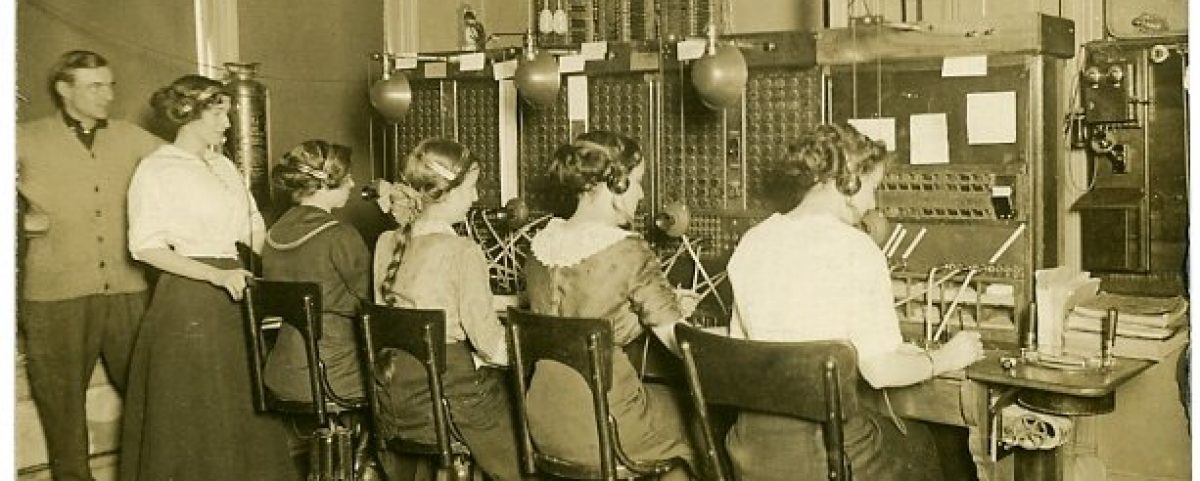
The Wilmington Library, established in 1788, has been collecting Delaware materials for centuries, and the reference department has many useful resources. But one gem that should not be overlooked is the “Delaware Index,” a unique pre-computer age catalog of 3 x 5 cards and vertical files with materials from 1922 to 1977.
For the better part of the 20th century the Wilmington librarians cut out and indexed articles about local subjects and people from a number of periodicals. Included were newspapers, such as the Delaware Republican, Morning News, Evening Journal, Journal Every Evening, and Sunday Morning Star.
These files, which are professionally arranged for easy, logical access by patrons, include newspapers, magazines, pamphlets, letters, speeches, maps and ephemera. It is arranged by subject so when researchers check on something they can easily find materials published in the era before e-text searches made access almost effortless. Although the staff doesn’t add to these files as databases have replaced this old method for accessing information, they continue to maintain the catalog and the vertical files. This is particularly important here because Delaware newspapers from this era haven’t been digitized yet.
This storehouse of information, a card catalog full of index cards and file cabinets packed with aging materials, is an excellent starting place for the genealogists or anyone puzzling together narratives from the past in the First State. So be sure to check out this unique special collection if you’re doing some digging into earlier times.
Remember to use it for your local and family history projects all around the state, as the librarians indexed the Delaware newspapers, which thoroughly covered their beat, the First State. I often find nuggets of information that would require hours starring at microfilm readers or paging through newspapers, practically making the data inaccessible because of time constraints. Once I have this information as a foundation I can build on my research and seek out additional sources, depending on the purpose of my study.
Of course, the Wilmington Public Library also has other local history resources. These include Delaware newspapers on microfilm, city directories beginning in 1814, maps, the Delaware Census and a large collection of books. Often this information is a key to opening the door to the past, a springboard to understanding and deeper examination, and I am usually pleased with the results from the Delaware Vertical Files.








